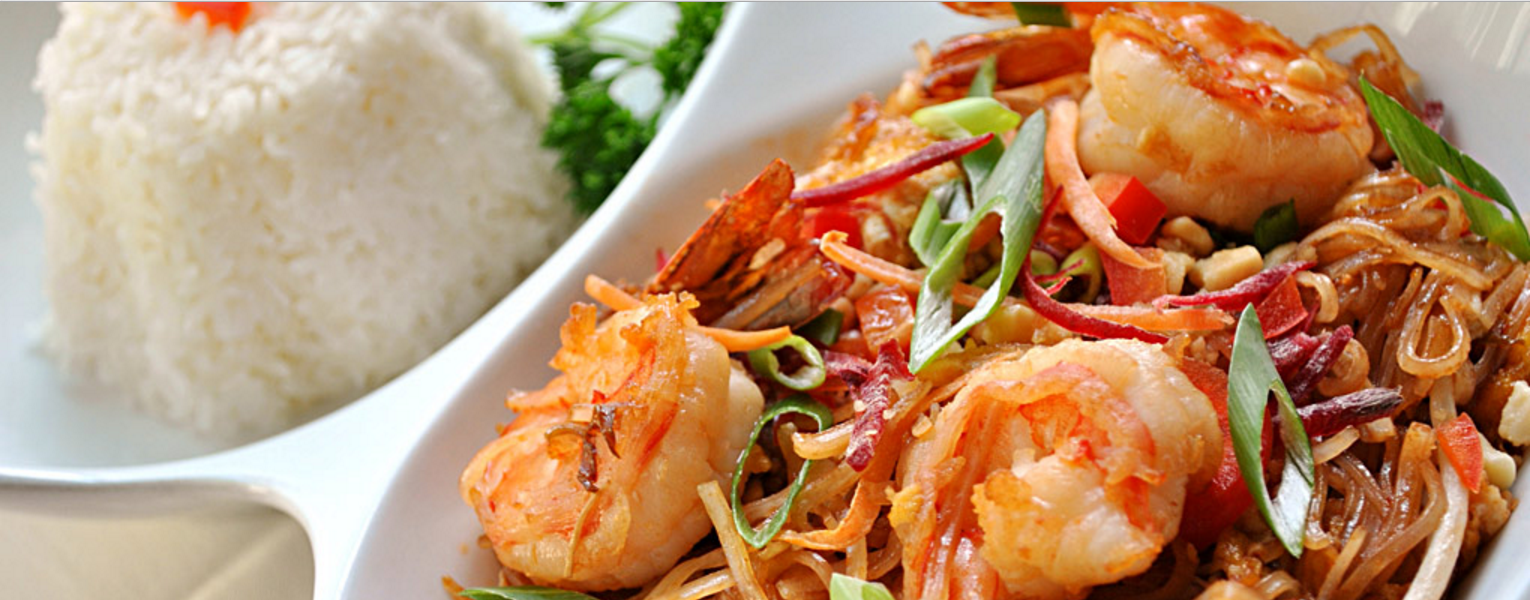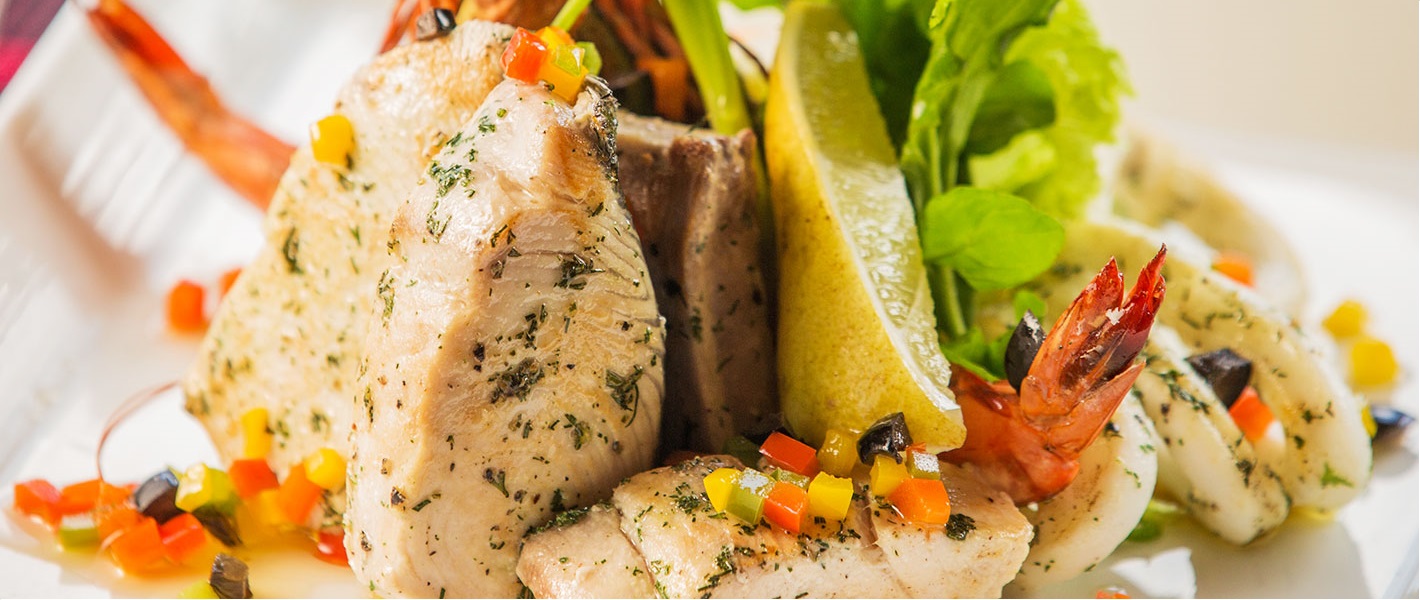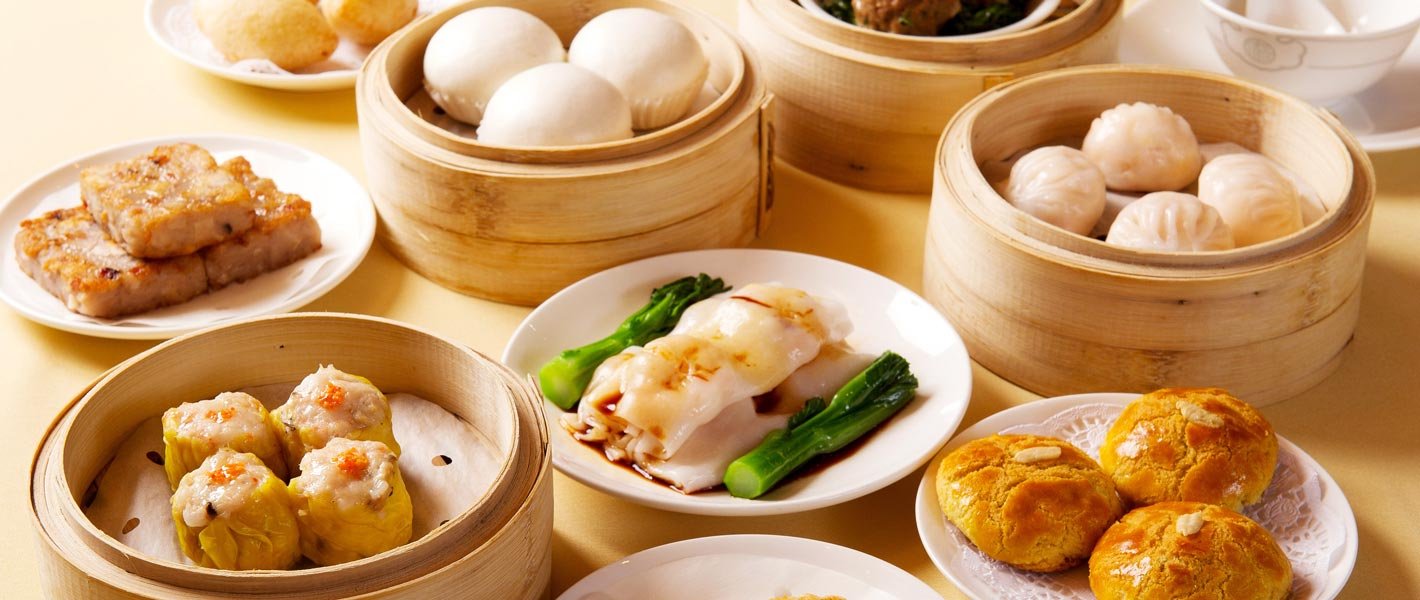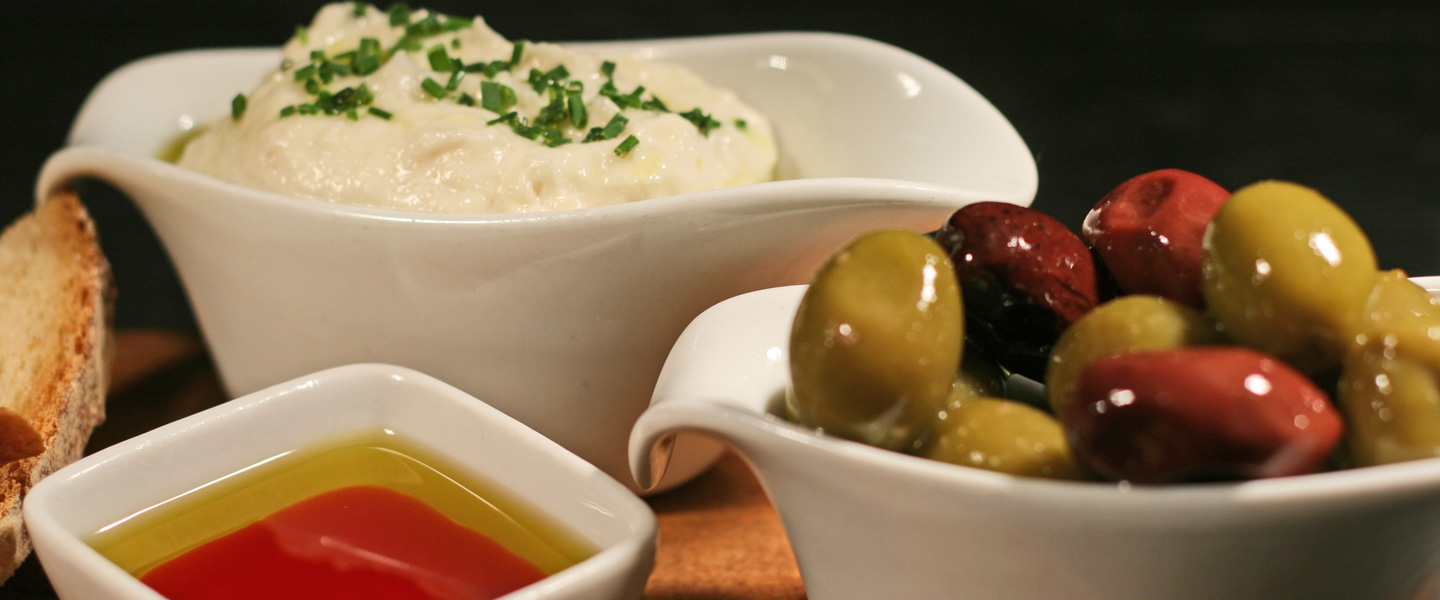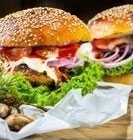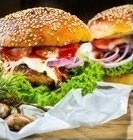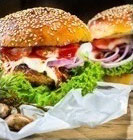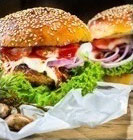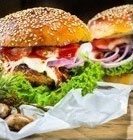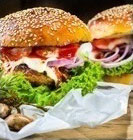Lovo /Umu
The Polynesians developed an ingenious way of cooking in an underground earth oven known as an umu, ahimaa, or lovo.
Many Polynesian communities still use cooking pits for ceremonial or celebratory occasions, including the indigenous Fijian lovo, the Hawaiian imu, the Māori hāngi, the Mexican barbacoa.
Lovo is way of cooking, but also a traditional Fijian meal cooked in an underground oven, the lovo, similar to New Zealand’s hangi. The lovo pit is prepared by digging a hole in the ground lined up with coconut husks. The husks are then lit on fire and heating special stones on the bottom layer. These heated stones will be what helps cook the meal. A combination of meat, fish, and vegetables are wrapped in banana leaves as well as various root crops layered above. The hole, filled with food, is then covered with dirt until it is smoking hot, when the cooked food is uncovered and shared. The cooking process can take several hours. This results in the meat becoming tender and flavorful. The leaves and underground oven also give lovo a smoky flavor.The most common meats used in lovo are pork and chicken.
Lovo is usually prepared for a large social gathering such as a wedding or a festival. In Fiji, “lovo” means a “ feast cooked in the earth.” New Zealand’s Māor has its own variation of this dish and social event, which is known as “hangi”.
Read more




